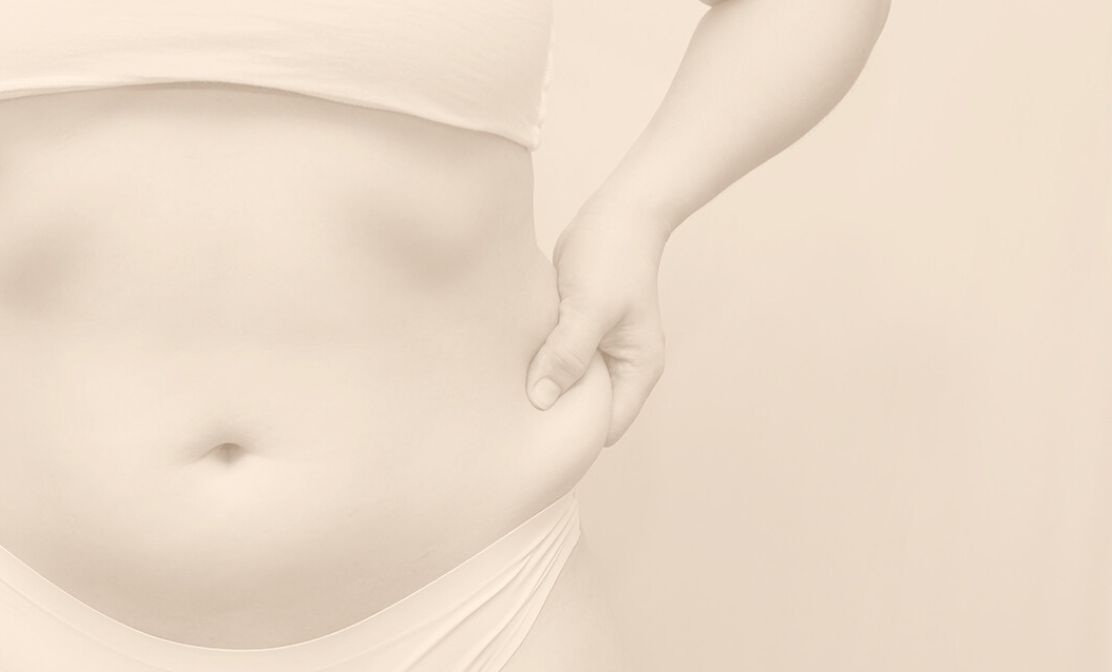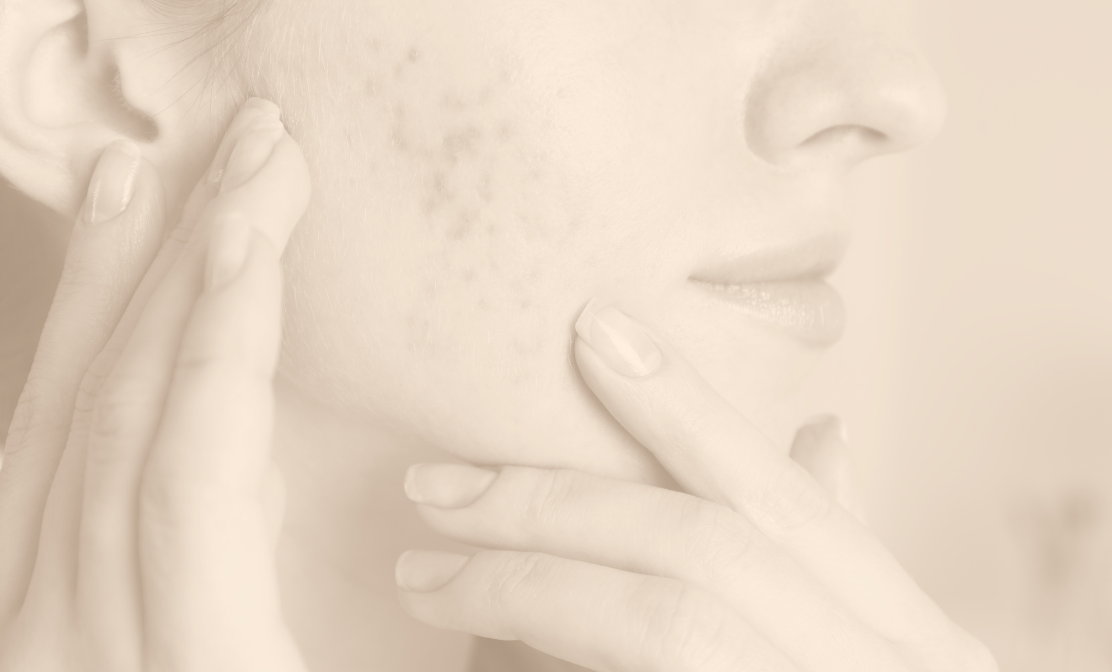Table of Contents
Which Implant Style is Right for You?
Choosing an implant can be a tough decision for many patients because it involves not only medical considerations but also your personal goals regarding your appearance, self-esteem, and long-term health. Implant vendors in the U.S. offer round shapes with different styles such as Moderate, Moderate Plus, High Profile, Extra Filled. Each of these implant styles are designed to create different aesthetic outcomes.
In this article, you’ll discover the key differences between these styles, their pros and cons, safety profiles, and potential cost differences. A personalized consultation is crucial when considering breast augmentation as it allows the surgeon to meet with you, perform an examination and select the appropriate implant based on your body type, lifestyle, and cosmetic goals—leading to the safest and most satisfying results.
Understanding the Breast Implant Shapes
When explaining round breast implants to patients, it’s helpful to describe them as symmetrical, circular implants that provide fullness evenly across the entire breast. Because they are the same shape all around, they don’t change appearance if they rotate after placement.
Round implants typically create a fuller, more lifted look, especially in the upper part of the breast (known as upper pole fullness). This can give a more pronounced, enhanced appearance that many patients desire, especially for a classic or “augmented” look.
Round implants are the only shape currently available in the U.S. and are affordable, widely available, and versatile. Additionally, their shape is less likely to cause noticeable issues if the implant shifts, making them a reliable and low-maintenance option for many body types and aesthetic goals.
Visual Appearance & Aesthetic Differences
Round implants come in a variety of shapes which include High Profile, Extra Filled, Moderate, and Moderate Plus. These shapes differ mainly in how much they project from the chest and how they shape the breast.
Moderate Profile implants have a wider base and less projection, giving a more natural, subtle enhancement.
Moderate Plus strikes a balance between the two, offering slightly more projection than moderate while still maintaining a softer, natural contour—making it a popular choice for many patients seeking a mix of fullness and realism.
High Profile implants offer more projection than the moderate or moderate plus style with a narrower base, creating a rounder, more prominent look which is ideal for patients wanting noticeable fullness, especially in the upper breast.
Extra Filled implants are filled to a higher capacity giving this style the most projection, and less likely to ripple, with a very round, structured appearance.
Higher profile breast implants (high profile and extra filled) are especially well-suited for patients with narrower chest widths as they can add fullness and projection without overwhelming the body. They also work well for those seeking a more noticeable, lifted appearance. Women with a higher volume of natural breast tissue or better-balanced breast shapes may find that moderate style implants enhance their existing contour without the need for extra projection.
The amount of natural breast tissue plays a significant role in the final look and feel of the implants. Patients with more natural tissue often achieve softer, more natural-looking results, as the tissue helps to cover and blend the implant. Those with minimal breast tissue may see a more defined implant shape but may experience more visible rippling unless a higher fill option is used. This is why implant selection should always be tailored by your surgeon to each individual’s specific anatomy.
Technical Differences in Implants
Surface Texture
Textured breast implants are no longer used in the United States due to safety concerns, particularly their link to a rare cancer known as BIA-ALCL (Breast Implant-Associated Anaplastic Large Cell Lymphoma). This is not breast cancer but a type of immune system cancer that has been found more frequently in patients with textured–surface implants, especially certain macro-textured models.
Since 2019 after a recall of specific textured implants, most surgeons and manufacturers in the U.S. have moved away from using textured implants entirely, favoring smooth implants, which currently have no known association with BIA-ALCL. As a result, smooth implants are now the standard in most U.S. practices, offering a safer alternative without compromising on aesthetic outcomes.
Surgical Placement
Placement for round breast implants requires a high level of precision, even though their symmetrical shape makes them slightly more forgiving. Proper positioning is crucial to achieve natural symmetry, avoid complications like implant malposition or asymmetry, and ensure the implants settle correctly within the breast pocket.
Incision sizes can vary slightly depending on the type, size, and fill of the implant. For example, saline implants can often be inserted through smaller incisions because they’re filled after placement. In contrast, silicone implants, especially those that are extra filled or high profile, may require slightly longer incisions to allow safe and accurate insertion without damaging the implant shell.
While breast augmentation is a common and well-practiced procedure, it is still a technically complex surgery that demands careful planning, a strong understanding of anatomy, and surgical expertise. Achieving optimal results with minimal complications involves selecting the right implant, precise placement, and attention to each patient’s unique body structure.
Choosing the Right Implant Option for You
The ideal candidate for round breast implants is someone seeking fuller, more balanced breasts with enhanced upper pole volume. Round implants are ideal for patients wishing to maximize cleavage, create a rounder contour, or achieve a youthful, voluminous appearance with less concern about implant rotation or maintaining a highly natural slope.
More projected round implants, such as higher filled, are often better suited for individuals with a narrower chest, balanced breast shape, or enough natural tissue to help soften the implant’s edges. These implants are also a great option for those who want to correct mild sagging as the higher projected implant will offer a mild lift to the breast.
Cost Considerations
There is often a cost difference between types of breast implants—silicone implants are generally more expensive than saline due to their materials and manufacturing process. When discussing cost, it’s important to understand the value of each implant option in terms of look, feel, longevity, and individual goals. Ultimately, a thorough discussion with the surgeon involving your implant options helps patients make a confident, informed choice that aligns with both their goals and their budget.
Safety & Risks
While round implants are widely used and generally safe, there are still risks associated with their placement. These include capsular contracture (scar tissue hardening around the implant), implant malposition (shifting or asymmetry), rippling, infection, and changes in nipple or breast sensation.
Revision surgery is relatively common with breast augmentation, though not always due to complications. Many patients choose to revise their implants over time due to changes in aesthetic preferences, aging, weight fluctuations, or implant wear. Others may need revision to address issues like rupture, capsular contracture, or implant displacement. The need for revision typically increases the longer a patient has had implants.
Round breast implants, both saline and silicone-filled, are FDA-approved for cosmetic and reconstructive use in the United States. The FDA has set guidelines for age eligibility: saline implants are approved for women 18 and older, while silicone implants are approved for women 22 and older. Long-term studies have shown round implants to be generally safe. However, the FDA recommends routine monitoring, particularly for silicone implants.
Recovery & Results
Recovery after breast implant surgery can vary depending on the size of the implant, placement (above or below the muscle), and the surgical technique used. Implants placed under the muscle may take slightly longer to heal as there is initial tightness and swelling in the muscle. Patients can expect swelling, bruising, and tightness in the chest area for the first few weeks, with most major swelling subsiding within 4 to 6 weeks.
However, the final results may take several months to fully develop, as the implants settle into place, a process often referred to as “dropping and fluffing.” For most patients, the breasts begin to look and feel more natural around 3 to 6 months post-surgery, with continued improvement up to a year. Following post-operative instructions and attending follow-up appointments are key to a smooth recovery and optimal, natural-looking results.
Confirming Your Decision
Before choosing the size and shape of breast implants, it’s essential to consult with a board-certified plastic surgeon, as they have the expertise to assess your body proportions, lifestyle, and goals to recommend the most suitable options for a natural and safe outcome. During the consultation, patients should ask about the types of implants available, potential risks, recovery time, and how long the implants typically last.
A good surgeon helps set realistic expectations by using visual tools or implant sizers, and by discussing what is achievable based on individual anatomy. Once the shape and size are decided, the next step is scheduling the surgery and preparing for it with pre-operative instructions and medical clearance to ensure a smooth, safe procedure and recovery. It is also important to follow post-operative instructions and attend your follow up appointments.
FAQ's About Styles of Breast Implants
Which implant shape looks most natural?
According to Dr. Antimarino, most women prefer the improvement of their shape using the High Profile or Extra Filled style implant. Implant shapes and sizes are dependent upon the patient’s body and goals.
What’s the cost difference between different implants?
Pricing depends upon the style used and silicone vs. saline implants. Pricing typically includes the surgeon’s fees, the surgical center and anesthesia costs.
Can an implant rotate and what happens if they do?
All implants can rotate but the beauty of a round implant is that there is no change in the shape of the breast.
Which shape is better for someone with little natural breast tissue?
High-Profile or Extra Filled would be best for someone with little natural breast tissue.
How do I know which shape is right for my body type?
That is a very important question that would be answered at the time of your consultation with a board-certified plastic surgeon.
Are there different size options of implants?
There are a multitude of sizes for all the implant styles discussed.
Can I switch from one style to another later?
Yes, you can change styles if desired. Generally, women consider changing their implants after pregnancies and weight changes.
Schedule Your Breast Consultation in Pittsburgh
If you’re considering a breast procedure in Pittsburgh or curious about the styles of breast implants, schedule a private consultation with Dr. Jeffrey Antimarino at Bellissimo Plastic Surgery & Medi Spa. A personalized consultation is crucial when considering breast augmentation, as it allows the surgeon to meet with you, perform an examination and select the appropriate implant based on your body type, lifestyle, and cosmetic goals.
We’re here to guide you confidently—from your first consultation through every step of your surgical journey.





